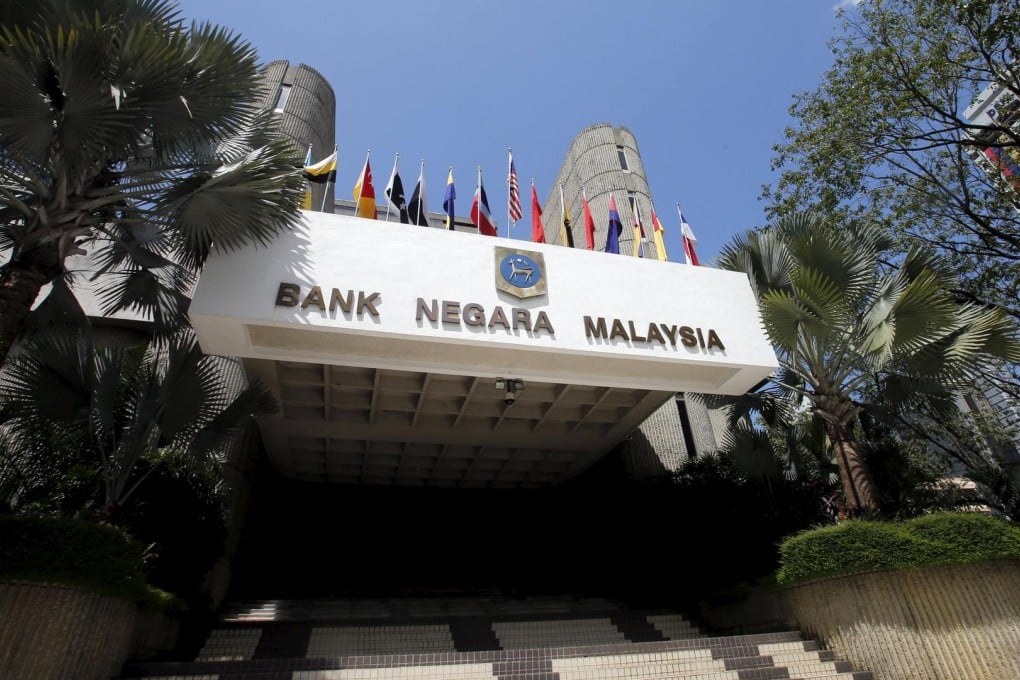Opening of World Bank office in Kuala Lumpur has practical and symbolic importance

Over the past 60 years, Malaysia has transformed from being an international aid recipient, with high levels of poverty, to one of Southeast Asia's leading economies and a mentor for other developing nations.
Recently, however, Malaysia has encountered economic turbulence, but its international importance is demonstrated practically and symbolically by plans to open a new World Bank office in the country's capital, Kuala Lumpur.
The World Bank Group Office in Malaysia will be an operational hub where the country's rich development experiences will be shared with developing countries around the world. In addition, Malaysia will have access to international knowledge and expertise to help it transition into an advanced, high-income economy.
Housed in Sasana Kijang - Malaysia's centre of excellence in knowledge and learning in central banking and financial services, which was set up by Bank Negara - the office will carry out innovative development policy research and analytical work on regional and global issues, including assessments of business and investment across countries.
After signing the agreement to set up the office, Johari Abdul Ghani, Malaysia's deputy minister of finance, said: "Malaysia is globally recognised for its progress and achievements in economic planning and development, poverty reduction, provision of modern financial services, as well as public sector performance. We look forward to working closely with the World Bank Group to use this experience to benefit other countries."
Malaysia is one of 13 countries identified by the World Bank to have recorded average growth of more than 7 per cent per year for 25 years or more. Economic growth was inclusive, as Malaysia succeeded in nearly eradicating poverty, with the share of households living below the national poverty line falling from over 50 per cent in the 1960s to below 1 per cent today.